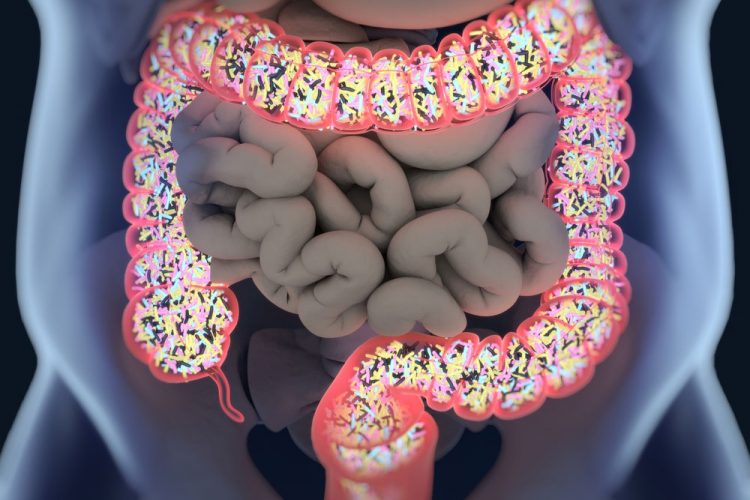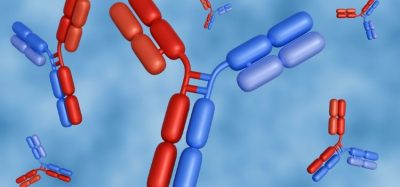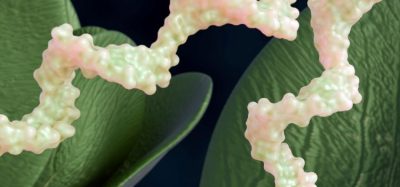Long-term oestrogen therapy changes microbial activity in the gut
Posted: 21 June 2018 | European Pharmaceutical Review | No comments yet
Long-term therapy with oestrogen and bazedoxifene alters the microbial composition and activity in the gut, affecting how oestrogen is metabolised…


Long-term therapy with oestrogen and bazedoxifene alters the microbial composition and activity in the gut, affecting how oestrogen is metabolised, a new study in mice found.
According to the study, led by University of Illinois food science and human nutrition Professor Zeynep Madak-Erdogan, the enzyme B-glucuronidase (GUS) plays a pivotal role in metabolising synthetic oestrogens in the intestinal tract.
The findings suggest that changing the chemistry in the gut could be a way to improve the efficacy and long-term safety of oestrogen supplements for postmenopausal women and breast cancer patients, Prof Madak-Erdogan said.
“Our findings indicate that clinicians might be able to manipulate the gut biome through probiotics to change the half-life and properties of estrogens so that long-term users obtain the therapeutic benefits of oestrogen -replacement therapy without increasing their risks of reproductive cancers,” said Prof Madak-Erdogan, also the director of the Women’s Health, Hormones and Nutrition Lab at the U. of I.
While the findings need to be replicated in humans, the research offers insight into oestrogen -replacement therapy’s impact on the expression of microbial genes and may explain why individual patients’ responses to hormone therapy can vary, the researchers wrote.
The scientists at the U. of I. divided 40 female mice into five treatment groups, which were treated with various oestrogen, administered alone or in combination with the estrogen-receptor drug bazedoxifene. The mice were fed a high-fat diet and their ovaries were removed at 10 weeks of age to replicate the oestrogen -deficient environment associated with menopause.
After six weeks of treatment, the researchers extracted DNA samples from the mice to examine gene transcription. They also examined the microbiota in the mice’s cecum – the pouch at the beginning of the large intestine – and in their faecal samples to assess the microbial diversity and activity in their digestive tracts.
“We observed that both levels of faecal GUS activity and glucuronic acid – a byproduct of oestrogen metabolism – decreased after the mice were treated with conjugated estrogens and bazedoxifene,” Prof Madak-Erdogan said. “This supported our hypothesis that oestrogen supplementation affects the gut microbiome composition and estrogen metabolism.
“While the overall diversity of microbiota was not changed significantly, we found that the activities of several bacteria taxa were altered by the oestrogen therapy,” Madak-Erdogan said. “The levels of several bacteria associated with GUS activity in the gut decreased, including levels of akkermansia,” a family of bacteria believed to have anti-inflammatory properties in humans.
Faecal levels of akkermansia were significantly lower in mice treated with the oestrogen -bazedoxifene combination compared with their peers in the control group.
However, mice with higher levels of akkermansia in their faecal biome gained more weight, had larger livers and more oestrogen metabolites in their systems, the researchers found.
In examining the abundance of common bacterial families in the faecal microbiota, the researchers found higher levels of several microbes, including lactobacillus and streptococcus. Lactobacillus was shown to be associated with GUS activity in previous studies by other researchers while GUS was identified in a subspecies of streptococcus.
The GUS bacteria also interacted with two metabolites of the cancer-inhibiting drug tamoxifen – an important finding because lower serum concentrations of the drug have been linked with poorer outcomes in breast cancer patients, according to the study.
The study has been published in the journal Scientific Reports.
Related topics
Clinical Development, Drug Development, Research & Development (R&D)









